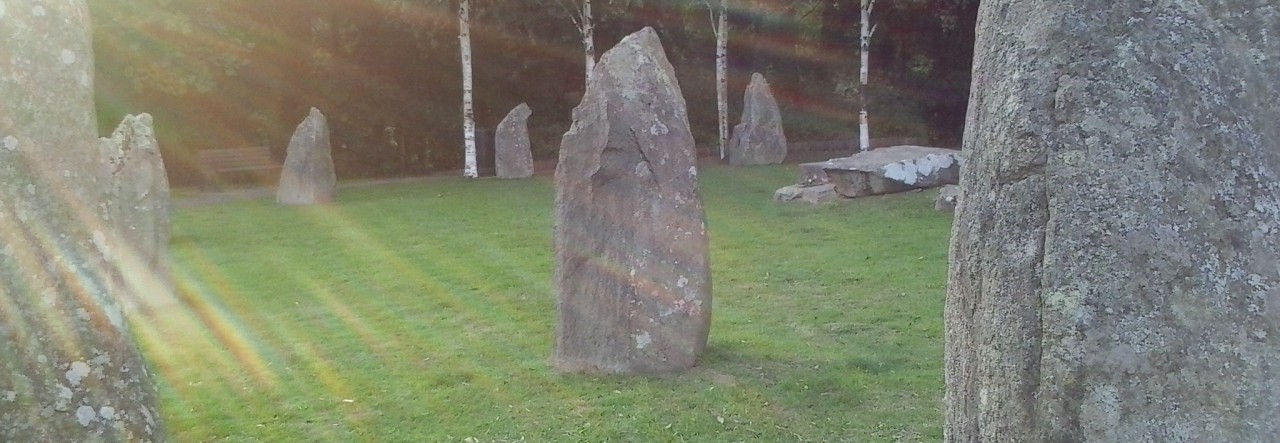The Prisoner of Zenda
by Anthony Hope.
Puffin Classics, 1994 (1894).
“I wonder when in the world you’re going to do anything, Rudolf?” said my brother’s wife. “You are nine-and-twenty,” she observed, “and you’ve done nothing but—”
“Knock about? It is true. Our family doesn’t need to do things.”
The behaviour of Rudolf Rassendyll, younger brother of Robert Lord Burlesdon, appears to live up to his family motto, which is Nil quae feci (roughly translated as ‘I’ve done nothing’). But by the end of The Prisoner of Zenda Rudolf’s actions have belied that motto – at least according to this account supposedly penned by the young man himself.
Anthony Hope’s 1894 novel is based on the notion of the doppelgänger, a plot device familiar from A Tale of Two Cities and many other novels and films. The bearded Englishman, found resting in a Ruritanian forest, is observed to be a lookalike of the dissolute heir to the throne, also called Rudolf — small wonder because they share a common ancestor in the 18th-century King of Ruritania Rudolf III as well as the tell-tale shock of dark red hair.
It’s been suggested that Hope was inspired by the visual similarity of royal cousins Czar Nicholas II and King George V, but whatever the truth of the matter the result is a singularly exciting tale of derring-do. Despite its slow opening, the setting up of the coincidences at the beginning is essential, and Victorian readers were as avid for royal gossip, even of the fictional kind, as their modern counterparts.
Continue reading “Doing nothing in Ruritania”














